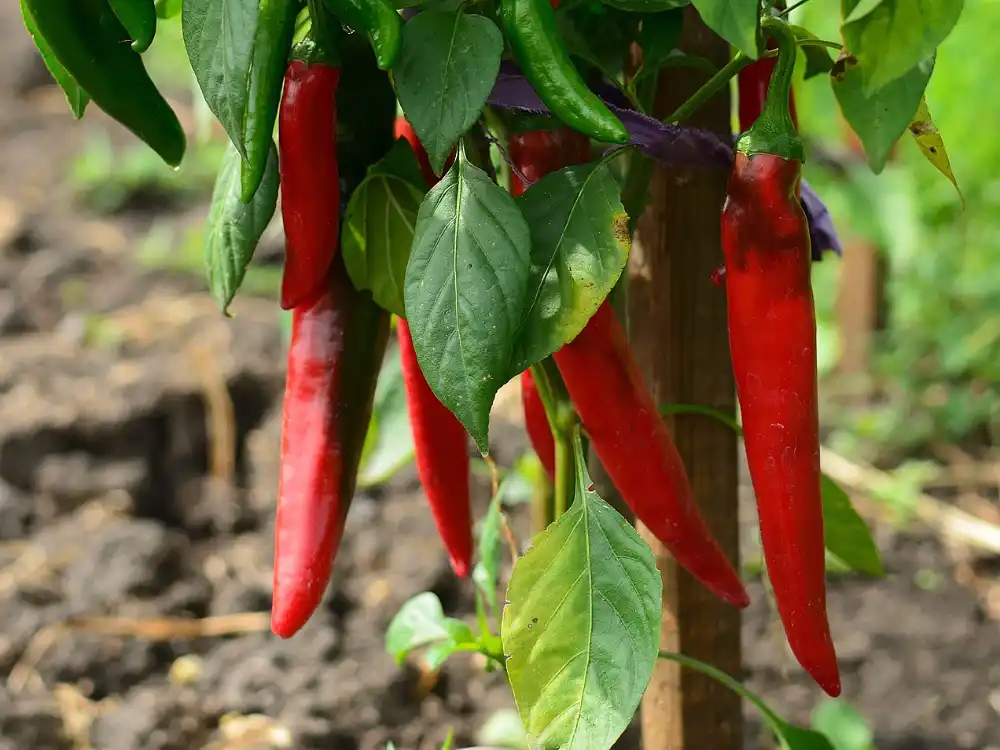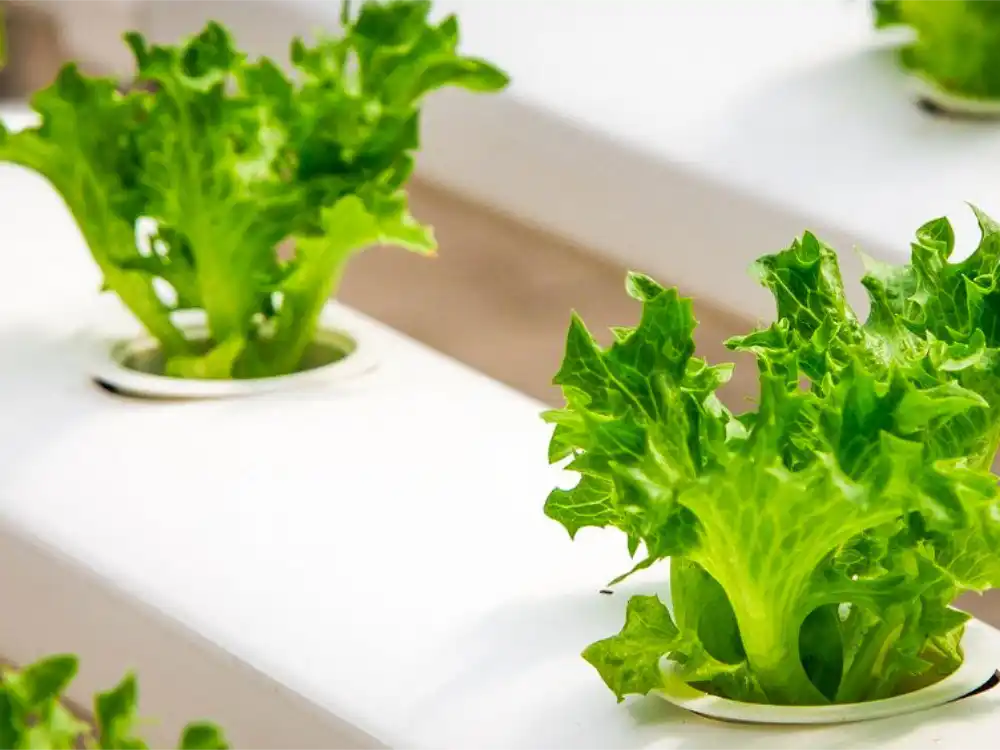When it comes to growing pepper plants, one important consideration is the spacing between each plant. Proper spacing allows the plants to receive adequate sunlight, air circulation, and nutrients, which are essential for their healthy growth and productivity. In this article, we will discuss the ideal spacing for pepper plants and provide some tips for successful cultivation.
Why is proper spacing important?
Proper spacing is crucial for pepper plants as it helps prevent overcrowding, which can lead to various issues such as increased competition for resources, disease susceptibility, and reduced yields. Adequate space between plants allows for better air circulation, reducing the risk of fungal diseases. It also ensures that each plant receives enough sunlight, which is essential for photosynthesis and fruit development.
Spacing guidelines for pepper plants
The recommended spacing for pepper plants depends on the specific variety and the growing conditions. However, as a general guideline, pepper plants should be spaced approximately 18-24 inches apart in rows that are 24-36 inches apart.
This spacing provides enough room for the plants to grow and allows for easy access for maintenance tasks such as pruning, watering, and harvesting.
If you are growing multiple rows of pepper plants, leave a space of about 3-4 feet between each row. This distance ensures that the plants have enough space to spread out without shading each other excessively.
Factors to consider
While the general spacing guidelines mentioned above work well for most pepper varieties, there are a few factors that you should consider when determining the exact spacing for your plants:
Variety:
Some pepper varieties naturally grow larger and require more space, while others are more compact. Be sure to check the specific recommendations for the variety you are growing to ensure optimal spacing.
Growing conditions:
The spacing requirements may vary depending on the growing conditions. If you are growing peppers in a region with hot and humid weather, it is advisable to provide slightly more spacing to promote better air circulation and reduce the risk of diseases.
Supporting structures:
If you plan to use supporting structures such as cages or trellises for your pepper plants, adjust the spacing accordingly. Leave enough room for the plants to grow vertically and for the supporting structure to be installed without crowding the plants.
Tips for successful pepper plant spacing
Here are a few tips to ensure successful spacing for your pepper plants:
- Measure and mark the spacing before planting to ensure accuracy.
- Consider using mulch between the rows to suppress weeds and conserve moisture.
- Regularly monitor the plants’ growth and make adjustments if necessary.
- Prune the plants as needed to maintain proper airflow and prevent overcrowding.
- Water the plants adequately, ensuring that each plant receives enough moisture.
By following these guidelines and considering the specific requirements of your pepper plants, you can provide them with the optimal spacing they need to thrive and produce a bountiful harvest. Remember, healthy and well-spaced plants are more resistant to diseases and pests, ensuring a successful growing season.


